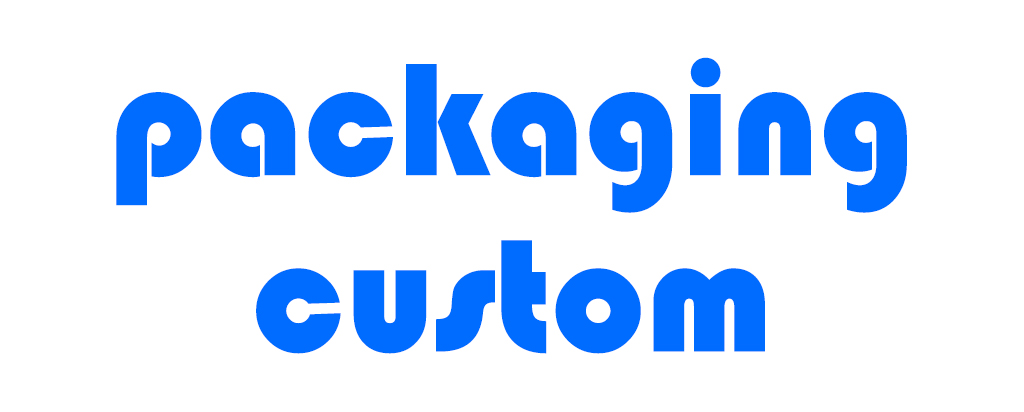Four-color printing
1. the so-called four-color that is: cyan (C), magenta (M), yellow (Y), black (K) four kinds of ink, all the colors can be mixed by these four kinds of ink, and ultimately realize the color graphics.
2. The most common and most common printing, different substrates printed on different effects.

Spot Color Printing
1. Spot-color printing refers to the printing of a special ink to print the color, than the four-color mixture out of the color is more bright. Commonly used are spot gold, spot silver.
2. Spot color color many, refer to Pantone color card, spot color can not achieve gradient printing, there is a need to join the four-color printing.

Glossy Adhesive
1. After printing, transparent plastic film is laminated to the surface of printed materials by hot pressing to protect and increase the role of glossy, shiny surface, see the figure below.
2. The most basic process of carton surface treatment. Similarly, there is also varnish, but gluing can enhance the hardness and tensile properties of the paper.

Matte Glue
1. After printing, transparent plastic film is laminated to the surface of the printed material by hot pressing to protect and increase the glossy effect, the surface is matte, see the picture below.
2. Carton surface treatment of the most basic process, similar to the varnish, but over the glue can enhance the hardness and tensile properties of the paper.

UV
1. Printed products need to highlight the parts of the local varnish brightening, so that the local pattern more three-dimensional effect.
2. Printed with the matte glue process, no effect when over the glossy glue.

Hot stamping
1. hot stamping is the use of hot pressure transfer principle, the aluminum layer in the electrochemical aluminum transfer to the surface of the substrate in order to form a special metal luster effect.
2. Printing materials have gold, silver, red, green, blue and other various colors, but hot stamping can only be monochrome, a wide variety of colors, but not what color market are available.

Embossing
1. A set of concave and convex templates corresponding to the yin and yang of a graphic are used, and the substrate is placed in between them and embossed and embossed graphics are pressed out by applying a large amount of pressure.
2. Various thicknesses of paper can be used, but cardboard cannot be embossed.

Coding
1. the process of printing logos (production date, shelf life, batch number, corporate logo, etc.) on products with a printer.
2. can print simple character patterns, more flexible.

Laminating bag
1. Composite bags are suitable for vacuum packaging or general packaging of food, electronic products, chemicals, medicine, tea and other products.
2. The process that can be done is basically the same as paper, it can be silk screened, printed and hot stamped.

Blister molding
1. Blister is a transparent material, the main raw material is PVC, PE, or PET. 2.
2. It can directly replace the paper to make the box, and also can be molded with card making.
3. It can be used to fix the product inside the package, which is called inside the blister molding.
4. It can be silk screened, printed and hot stamped. 5.
5. can be printed on the machine, but the cost of printing is higher, small amount of production is generally only silkscreen.

OPP Bags
1. OPP bags are tensile polypropylene, belonging to a kind of plastic, in fact, is a plastic bag.
2. Before loading the outer box, the product first set of OPP bags, looks clean and hygienic.
3. There are PP bags and PE bags made of different materials.
4. with high transparency, brittle and other characteristics, but also according to customer needs to print a variety of patterns and perforation.

Sponge
1. Is a porous material with good elasticity. The density of the holes is different, the elasticity is different.
2. Used in packaging and interior, used to fix and protect the product.
3. There are many colors to choose from, usually used directly, no longer laminated process.

Heat Shrink Bags
1. It is a kind of transparent bag made of material with strong contraction at a certain temperature, which is used to protect the package.
2. only used to protect the packaging, no longer do other processes.

